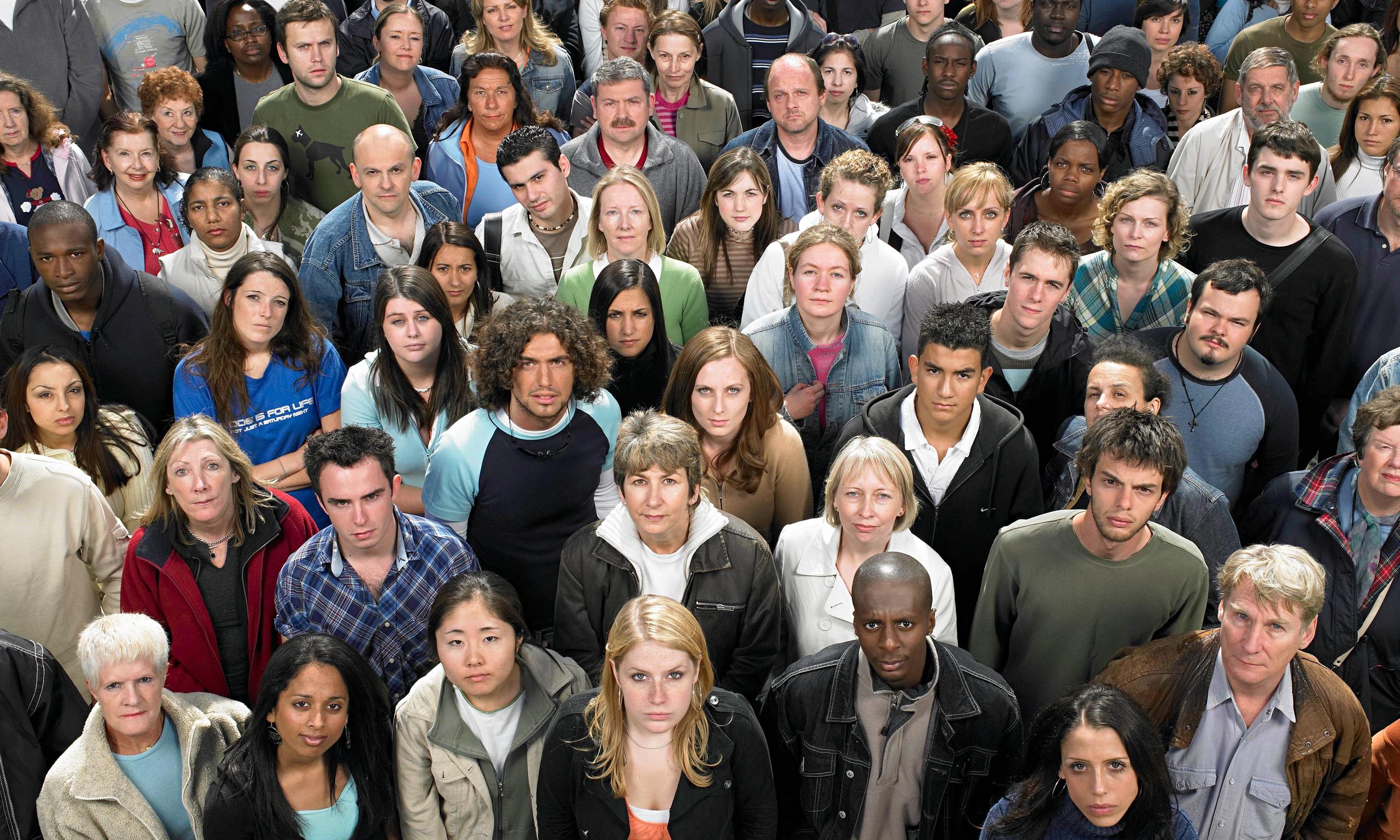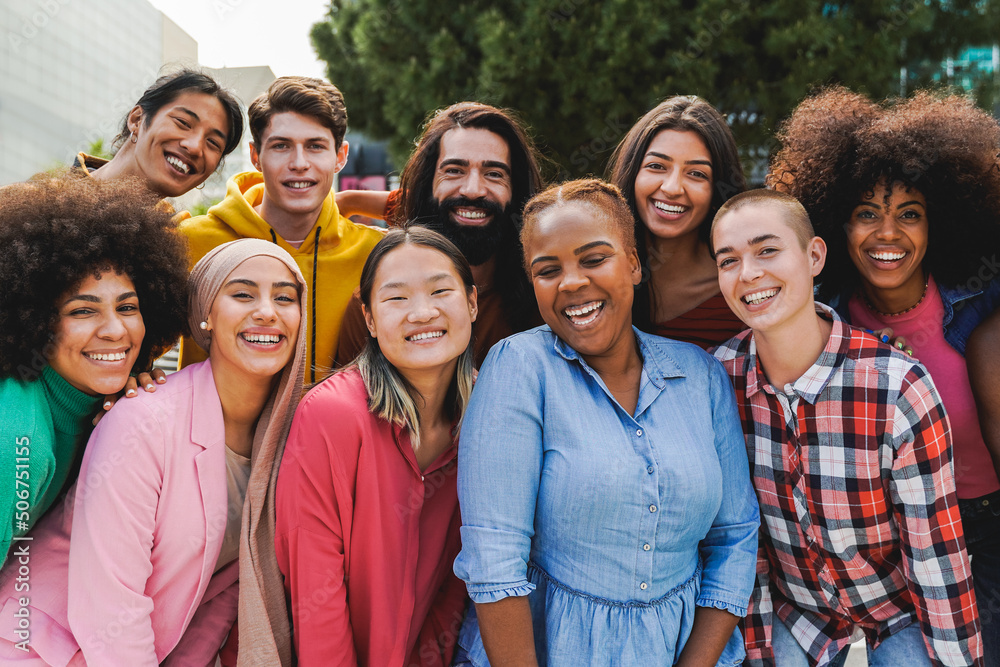Have you ever been in the middle of a Google search, clicked on a link, and then hit the back button only to find something new pop up? That, is that, a box titled "People also search for" often makes an appearance. It's a feature that, for many, can be a bit of a surprise, sometimes even a little annoying. You're just trying to get back to your results, and suddenly, the page shifts around. It's a common experience, and you're certainly not alone in noticing it.
This particular box, while meant to be helpful, can sometimes feel like it's getting in the way. It moves other parts of the page, making it hard to click what you were aiming for. You might be trying to click on a specific link, and then, almost, the whole layout changes. It's a small thing, perhaps, but it can disrupt your flow when you're looking for information.
So, what exactly is this "People also search for" box, and why does Google show it? More importantly, can you do anything about it if it bothers you? This article will explore this common search engine feature, what it means for your online explorations, and some ways people try to handle its appearance, especially when it shifts things around.
- Los Cucos Mexican Cafe
- Four Seasons Resort Scottsdale
- Fat Bastard Austin Powers
- Museum Of Illusions Orlando
- Michael Kidd Gilchrist Hornets
Table of Contents
- What is "People Also Search For"?
- Why It Shows Up
- The Frustration of Shifting Content
- Trying to Manage the Box
- Google's Broader Approach to Related Searches
- Similar Features Across the Web
- The Human Side of Online Connections
- Frequently Asked Questions
What is "People Also Search For"?
The "People also search for" box is a dynamic element on Google's search results page. It appears after you've clicked on a search result, visited that page, and then returned to the search results. This box contains a list of queries related to your original search, but they are different from the initial suggestions Google might show. It's, in a way, Google's attempt to anticipate what else you might be interested in, based on what other users have looked for after a similar search.
Think of it as a helpful suggestion from the collective knowledge of many searchers. If you looked up "best hiking boots," and then clicked on a link about a specific brand, returning to the results might show "People also search for" queries like "waterproof hiking boots reviews" or "hiking boot materials." This feature aims to keep you engaged with the search process, offering more paths to explore without needing to type new queries.
It's a refinement of the search experience, aiming to provide more depth. You might find it useful if your initial search didn't quite hit the mark, or if you discovered a new angle you want to explore. It's, like your, a kind of shortcut to more relevant information, designed to save you time and effort in finding what you need.
- Maxs South Seas Hideaway
- Hotel Glance In Florence Firenze
- La Fonda Santa Fe
- Tom And Jerry Memes
- Rock N Roll It
Why It Shows Up
The appearance of "People also search for" is tied to user behavior and Google's goal of providing a comprehensive search experience. When you click a link and then go back, it suggests that perhaps the first result wasn't exactly what you needed, or that your information needs are evolving. So, in some respects, Google tries to offer alternative avenues for your query. It's a signal that you're still looking for something, even if you've already clicked on a link.
Google's systems analyze vast amounts of search data. They look at what queries people enter, which links they click, and what they search for next if they return to the results page. This pattern recognition allows the search engine to predict what might be helpful to you. It's a form of predictive search, offering related ideas based on the journey of millions of other users. This is why it appears specifically after you've clicked a link and returned; it's a reaction to your interaction with the results.
This feature is, arguably, part of Google's continuous effort to make search more intuitive. It wants to give you the most relevant information as quickly as possible. By providing these related searches, Google hopes to guide you toward what you're truly seeking, even if your initial words weren't perfect. It's a dynamic adjustment to your search session, reflecting a deeper understanding of user intent.
The Frustration of Shifting Content
While the "People also search for" box is designed to be helpful, it often brings a specific kind of frustration for users. As noted, the problem is that it is animated and moves other parts of the page around. You might be trying to click a particular link, and suddenly, the entire layout shifts, causing you to misclick. This can be genuinely irritating, especially when you're in a hurry or trying to navigate quickly.
The dynamic nature of this box means it doesn't just appear; it often pushes other elements on the page. This displacement can be jarring. Imagine you've scrolled down, identified your next click, and then, just as your mouse pointer moves, the box pops up, pushing your intended target out of the way. This kind of unexpected movement can feel disruptive, rather than helpful. It makes the search page less stable, which is a common complaint.
Many people find this animation and shifting layout to be a major pain point. It's not just about the box itself, but the way it interferes with the user's ability to interact with the page. This is a clear example where a feature meant to improve the experience actually creates a hurdle. It shows how even small changes in a page's layout can have a big impact on how people use it.
Trying to Manage the Box
Given the frustration some people feel, it's natural to wonder if there's a way to stop Google's "People also search for" from appearing or moving things around. Many users, like yourself, have looked for solutions. You might not be familiar with URLs or code, and are generally very inept with technical fixes, which makes finding a solution even harder. This is a common barrier for many who just want a simpler experience.
Some have tried tools like an "element zapper." This kind of tool, often found in browser extensions, lets you click on parts of a webpage to remove them. However, as you've noticed, the zapper seems to only zap certain things, and it might not always work perfectly for this animated box. Because the box is dynamic and appears only after a specific action (clicking a link and going back), a simple zapper might not catch it every time, or it might not be able to prevent the initial layout shift.
Other approaches involve using browser extensions that block specific elements or scripts. Some ad blockers, for instance, have features that allow users to hide or block certain parts of a webpage. However, these tools are not always designed specifically for this kind of dynamic search engine feature. You might find that a general blocker note that it also blocks watched videos across the website, on the search page, uploaded by a user page. If you need to block for example only on the right bar suggestion, it might be too broad. Finding a precise solution for just this box can be quite tricky, actually.
Google's Broader Approach to Related Searches
The "People also search for" box is just one part of Google's larger strategy for handling search queries. Without verbatim, Google also includes synonyms or close matches for your search terms. So you could end up with results for "map accurate" or "chart accuracy" if those are closely related to what you typed. This shows Google's attempt to understand the meaning behind your words, not just the words themselves. It's a way to broaden your search without you having to think of every possible phrase.
This broader approach means Google often provides a range of related results. You've noticed that Google (and some other search engines, such as Bing) display related search results under a "People also search for" heading, or similar. This is a common pattern across search engines, as they all try to anticipate user needs. It's about providing a more comprehensive answer to your underlying question, even if you didn't phrase it perfectly at first.
This system of providing synonyms and related searches is very much about helping you discover information you might not have explicitly thought to ask for. It's a way to guide you through the vast amount of data available online. While the animated box can be a bother, the underlying goal of connecting you with more relevant content is, arguably, a good one. It's a continuous effort to refine the search experience for everyone, basically.
Similar Features Across the Web
The concept of suggesting related content isn't unique to Google's search results page. You see similar ideas across many online platforms. For instance, on video sites, after you watch something, you often get suggestions for "related videos" or "videos you might like." This is the same principle at work: using your past actions to predict future interests. It's a common way for digital platforms to keep you engaged with their content.
Social media platforms also use this idea. If you search for someone, friend or not, they will still show related profiles or groups. This kind of suggestion engine is everywhere online, from shopping sites recommending products to news sites suggesting other articles. It's all about making connections between different pieces of information or different users, trying to create a more connected experience for you. This one also works for sites with exploitative removal practices, meaning the ones that refuse to take content down or charge for the removal, on the Google search results page, and other places, too it's almost.
Even communities are built on this idea of connection. Reddit, for example, is a network of communities where people can dive into their interests, hobbies, and passions. There's a community for whatever you're interested in on Reddit. Similarly, there are communities for people who make podcasts, with topics including podcasting news, how-to guides, gear, marketing, and anything related to podcasters. These are all examples of how online spaces try to connect people with similar interests, much like a search engine tries to connect you with similar information.
The Human Side of Online Connections
Beyond the technical aspects of search engines, there's a very human element to how we interact with information and each other online. The way search results guide us, or how online communities form, reflects our natural desire to find what we're looking for and to connect with others who share our interests. Sometimes, this involves finding specific information, and other times, it's about finding a sense of belonging or understanding.
Consider the varied nature of online communities. There's a community for those who want to watch or like being watched by strangers, for instance. Or consider how some people here seem to act like there's a magical university out there where every prof or teacher is a unicorn and the whole process is stimulating and remarkable for four years. These examples, from the very niche to the broadly aspirational, show the range of human experience online. It's about people finding their tribe, or their information, whatever that may be.
Even in discussions about online behavior, the human element is clear. Don't bully people by calling them profane names or starting flame wars. This includes comments disparaging people whose tweets and posts are featured here. We reserve the right to bar such behavior. This highlights the social contract within online spaces, where even in the pursuit of information or connection, respect for others remains important. It's a constant negotiation of what it means to interact in these digital spaces.
The "People also search for" box, in a way, tries to tap into this human desire for more. It's about offering more options, more avenues for exploration. While it might sometimes be a source of frustration, its very existence speaks to the complex ways we seek out and interact with information. Most people just don’t want a replacement for Tony, while I can see where people are coming from there, she just isn’t a replacement. Other than donning an Iron Man suit, their characters are different. This illustrates how even within fandoms, people have very specific desires and expectations, much like they do with their search results. It's all about fulfilling a particular need or interest, really.
For instance, people who work in cyber security tend to be overly paranoid on any computer stuff. This specific behavior within a group shows how professions or interests shape how people interact with technology and information. It's a reminder that search engines and online tools are used by a vast array of individuals, each with their own specific needs and ways of doing things. This includes posts from the top 100 of all time or from the last 3 months, showing how content relevance can be very time-sensitive for some groups. So, the search engine's job is, arguably, to cater to all these different human behaviors and preferences.
Frequently Asked Questions
Why does "People also search for" appear after I click a link and go back?
This box usually shows up because Google's systems interpret your return to the search results page as a sign that you might be looking for more information, or perhaps that the link you clicked wasn't exactly what you needed. It's a way for Google to offer additional, related search ideas based on what other people have looked for after similar initial searches. It's a dynamic response to your search behavior, trying to keep you engaged with relevant options.
Can I stop the "People also search for" box from moving other content around?
Stopping the box from moving other parts of the page can be a bit tricky, as it's an integrated feature of Google's design. Some users try browser extensions like "element zappers" or ad blockers with custom filtering options. However, these tools might not always perfectly prevent the animation or the initial layout shift, as the box often appears dynamically after you've returned from a clicked link. There isn't a simple setting within Google itself to disable this specific behavior, unfortunately.
Is "People also search for" related to "People Also Ask" questions?
While both features aim to provide more information, "People also search for" and "People Also Ask" serve slightly different purposes. "People Also Ask" usually appears higher on the search results page and offers direct answers to common questions related to your search. "People also search for," on the other hand, typically appears after you've clicked a link and returned, suggesting entirely new, but related, search queries. Both are about expanding your search, but they do it in different ways and at different points in your search journey.
Understanding the "People also search for" box means looking at both its intent and its impact. While it aims to offer helpful, related search avenues, its animated nature and tendency to shift page elements can be a source of frustration for many. As of late 2023, there isn't a simple, built-in way to stop its dynamic behavior, which can be a bit annoying. However, knowing why it appears can help you anticipate its presence. If you've found a clever workaround or have thoughts on this feature, feel free to explore how Google search works more generally. You can also learn more about search engine features on our site, and perhaps find more ways to manage your online experience on this page browser tips.
- The Violet Hour Chicago
- Kings Of Kobe Wagyu Kitchen Bar
- Sanders Bbq Supply Co
- Paris La Defense Arena
- King Of Norway Invites Obama



Detail Author:
- Name : Myrl Bogisich
- Username : will.adriana
- Email : bartell.leda@gaylord.info
- Birthdate : 2002-12-06
- Address : 8679 Smith Harbors Apt. 737 East Brook, MA 08660-5090
- Phone : (901) 264-2652
- Company : Lindgren, Mayer and Conroy
- Job : Elementary School Teacher
- Bio : Veniam dolor suscipit qui assumenda iste natus eos consectetur. Iure nesciunt necessitatibus qui deleniti. Et id est saepe voluptatem.
Socials
facebook:
- url : https://facebook.com/eleanorezemlak
- username : eleanorezemlak
- bio : Omnis minima inventore non. Nulla sint totam necessitatibus minus ut.
- followers : 5181
- following : 2902
instagram:
- url : https://instagram.com/eleanore9514
- username : eleanore9514
- bio : Non odio at nisi. Earum et beatae excepturi. Quia suscipit aut ut autem.
- followers : 2492
- following : 2511
linkedin:
- url : https://linkedin.com/in/eleanore_zemlak
- username : eleanore_zemlak
- bio : Et voluptatem enim commodi doloremque qui iure.
- followers : 2289
- following : 2835
twitter:
- url : https://twitter.com/eleanorezemlak
- username : eleanorezemlak
- bio : Adipisci quis qui ratione quo laboriosam. Earum suscipit nulla et quae. Voluptates odio quas sunt quam exercitationem.
- followers : 6391
- following : 2134

